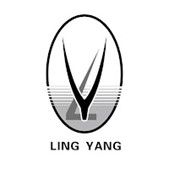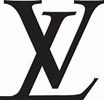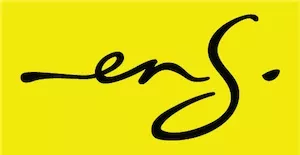- within Intellectual Property topic(s)
- in Canada
- within Law Department Performance, International Law and Accounting and Audit topic(s)
In this article, we discuss a trade mark case in Taiwan, dealing with confusingly similar trade marks. As the issue of confusing similarity in cases of this nature tend to be pretty standard across various territories, trade mark judgments in Taiwan can be useful in much of the world including, of course, South Africa.
The facts of the case
A company called Ling Yang Ltd filed an application to register the trade mark LING YANG & Device in Taiwan – a representation of the trade mark appears below:


(Source: Intellectual Property Office Trademark Search System)
The trade mark application was filed in class 12, and it covered a range of goods such as bikes, electric automobiles, electric motorcycles and parts and accessories for these goods.
A trade mark opposition - without which there would, of course, be no article
The LING YANG & Device trade mark application was opposed by the luxury goods company Louis Vuitton. The opposition was based on Louis Vuitton's trade mark registration for the famous stylized LV logo. For the benefit of those readers who have managed to go through life without encountering Louis Vuitton and its LV logo, a representation of the trade mark appears below:


(Source: Intellectual Property Office Trademark Search System)
The outcome of the opposition
The Taiwan IP Office, also referred to as TIPO (no silly jokes please!), found in favour of Louis Vuitton. It took the view that the trade mark LING YANG & Device would most likely lead to consumer confusion, and its decision to cancel the LING YANG & Device trade mark was based on the following findings:
- A likelihood of confusion: In Taiwan the law is quite clear - a trade mark cannot be registered if it is identical or similar to another company's registered trade mark which is used for similar goods or services. Why? Because that could of course lead to a likelihood of confusion amongst consumers.
- Visual similarity: TIPO made the point that the trade marks have strong visual similarities. In the case of Louis Vuitton, the letters "L" and "V" create the LV logo trade mark. Ling Yang's counterargument was an interesting one – it claimed that its trade mark, comprising of the letters "L" and "Y", was designed to resemble an antelope. It's quite possible that many South Africans will agree, as they are familiar with these mammals! But TIPO wasn't having it – it said that the designer's subjective intention would not be immediately known by consumers. TIPO ruled that the LING YANG & Device trade mark was confusingly similar to the LV trade mark of Louis Vuitton.
- What about the goods? The trade mark under opposition covered a range of goods including bikes and accessories. Louis Vuitton's trade mark covered goods like automobiles, electric vehicles and golf carts. TIPO ruled the goods were clearly similar as they have common or related functions and uses. TIPO also made the point that the issue of possible confusion is based on the goods designated for use rather than the goods actually used.
- Brand recognition: TIPO was impressed by the extensive evidence of use of Louis Vuitton's LV trade mark which included evidence of sales of bicycles featuring LV and considerable media coverage of the LV trade mark in magazines. TIPO felt that Louis Vuitton's LV trade mark is more familiar to the relevant consumer than the LING YANG & Device trade mark.
The content of this article is intended to provide a general guide to the subject matter. Specialist advice should be sought about your specific circumstances.


